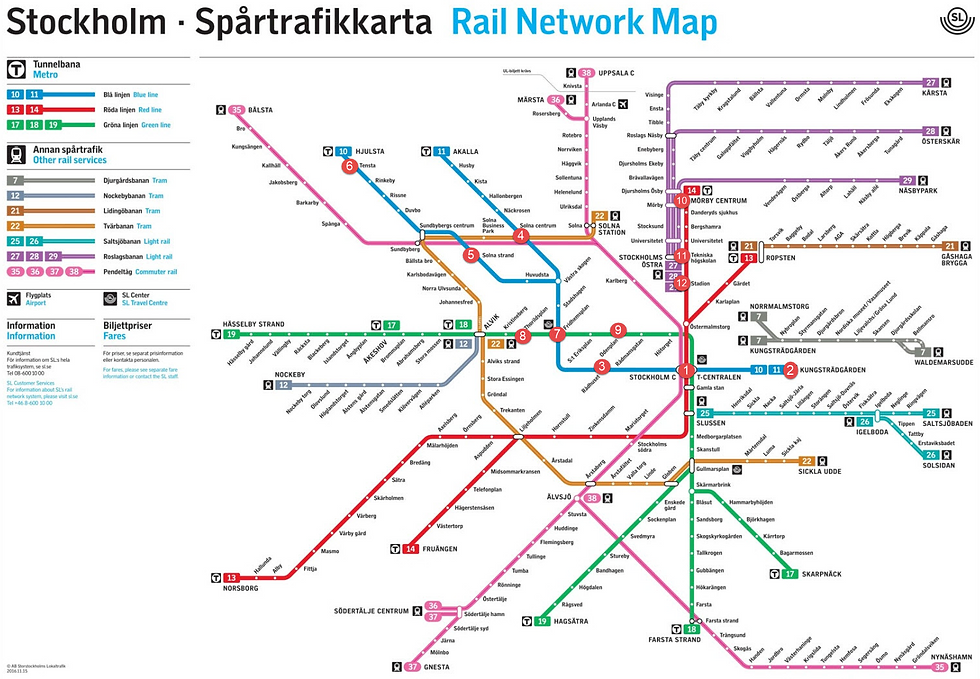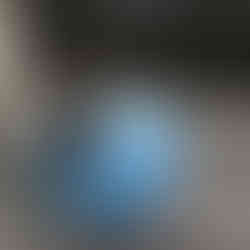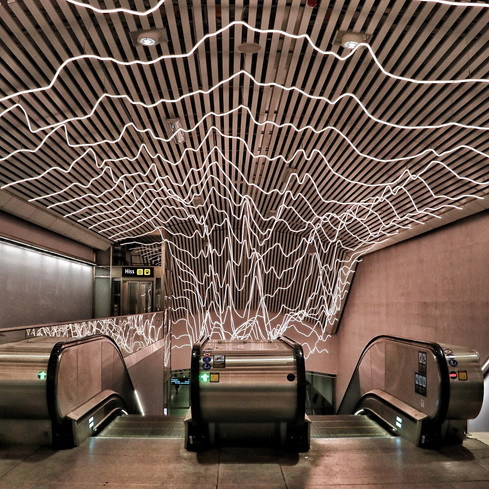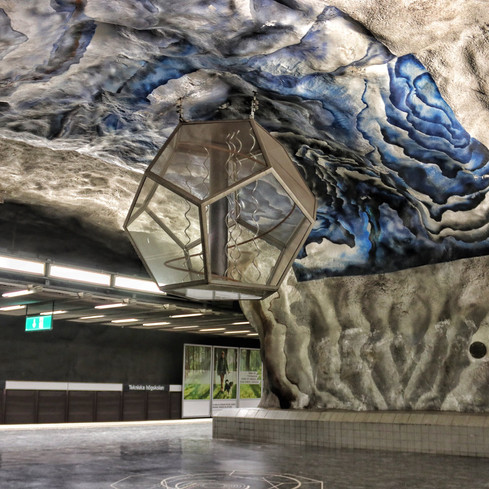stockholm underground art tour
- Sherry Brecher
- Feb 26, 2018
- 4 min read
Updated: Jan 3, 2019
The Stockholm metro system is said to be the world's longest art exhibit at 110 kilometers (70 miles). Over 90 of the 100 subway stations have been adorned with paintings, tiles, rock formations, sculptures, mosaics, dioramas, installations and engravings, by over 150 artists.
If you happen to visit Stockholm in the winter and it's -8°C, then I highly recommend spending a portion of your day, below ground, keeping warm, whilst exploring the breathtaking subway art.
I spent several hours researching which stations to visit and mapping out the most efficient route to see some of the more impressive ones. You can save yourself some time and effort by following the itinerary below.
If you buy a single journey ticket, you can travel around unlimited for 75-minutes. However, if you decide to follow the circuit below, I'd recommend buying a 24-hour pass instead. It's an ambitious itinerary to squeeze into 75-minutes. That said, if you want to be cheeky, you could buy the 75-minute ticket and ride around as long as you like, since ticket scanning is not required upon exit in Stockholm's stations.

I started and ended at T-Centralen because my hotel was about a 3-minute walk away but it also turned out to be a fitting jumping off point as this was the first metro station to be built in Stockholm and was where the concept of adding subway artwork was born. Fun fact: The 'T' stands for 'tunnelbana' which is fun to say and is Swedish for 'underground' or 'subway'.
1. T-Centralen is located in the beating heart of Stockholm, in the Norrmalm borough. It is the only station where all three lines (blue, green and red) connect. T-Centralen is one of the busiest stations in the city. If you kick start your underground art tour on the Blue Line, then you will see the floral patterns painted on the lower level. They were designed to create a sense of soothing calm for commuters. The upper level exhibits blue silhouette patterns of workers and was painted to honor those who built the station.
2. From there, I took the Blue Line east to Kungsträdgårdsgatan station. This station showcased artifacts from the 17th-century Makalös Palace which formerly stood above ground at this very site. It was designed to resemble an archaeological dig, but, personally, it reminded me of Alice in Wonderland. At this stop, you will be at the deepest station in Stockholm - 34 meters below sea level.
3. Kungsträdgårdsgatan station is at the end of the Blue Line, so I hopped back on the same line, heading west, and went two stops to Rådhuset. I felt more like I was exploring a sandstone grotto rather than a subway station.
4. I then carried on along the Blue Line, towards Akalla, to Solna Centrum or the depths of hell, as I would describe it. The artwork here, painted by Anders Aberg and Karl Olov Bjork, depicts the depopulation and destruction of the environment in Sweden in the 1970s.
5. I reversed here, still on the Blue Line, and backtracked one stop to Västra Skogen where I changed to a train headed towards Hjulsta. I went two stops and exited at Solana Strand. This station's theme was 'The Heaven of Cube'.
6. I got back on the Blue Line train headed to Hjulsta and went to nearly the end of the line. Tensta was a very cute station. It felt a bit like exploring a cartoon zoo. There were sculpted penguins set into the walls and stencil-like paintings of various animals, including a walrus and an elephant.
7. From here, I headed back down the Blue Line, south to Fridhemsplan. I didn't find this station to be quite as impressive as the others, but I needed to transfer from the Blue to Green line here anyway, so it was necessary to visit regardless. Whilst there, I figured I might as well grab a few snaps.
8. At Fridhemsplan, I bid farewell to the Blue Line, swapped over the Green Line and headed west one stop to Thorildsplan. This station was the only one I visited that was outside. It was a good one, but I found it a little difficult to photograph. The tiled art at the this station displayed characters from Super Mario, Pacman and Space Invaders.
9. I then took the Green Line in the reverse direction (you can take any train other than the one headed towards Hässelby Strand) to head east to Odenplan. This is the only stop where the art work was not in the metro station. Instead, it was located in the brand new commuter rail station, which only opened in July 2017. It's a bit of a walk, but it's well worth it. 'Life Line' by David Swenson uses 32 neon tubes stretching over 400 meters to symbolize his son’s pulse at birth.
10. I then took the Green Line back to T-Centralen where I changed over to the Red Line. I followed this all the way north, to the end of the line and alighted at Mörby Centrum. The folded metal sculptures by the escalators and the ceiling display different colors depending on the angle of the viewer.
11. I jumped back on the Red Line, south, to Tekniska Högskolan where Lennart Mörk’s paintings, figures and sculptures, including this dodecahedron, represented the four elements – fire, air, water and earth – as well as the universe and technological advances.
12. My final stop was Stadion, one more stop south on the Red Line. Stadion was filled with bright designs and sculptures to commemorate the Stockholm Olympics that took place in 1912. The station was filled with all the colors of the rainbow. It was a cheerful end to my subway art tour despite not finding a pot of gold which could fund the remainder of my time in Stockholm.
Just two quick stops further on the Red Line had me back at T-Centralen, where I finally emerged from the under world, with some great memories and hundreds of photos!




















































Comments